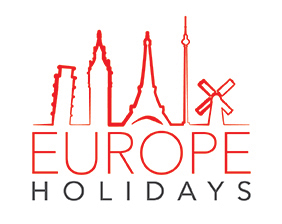Discover Montenegrin Cuisine

The little country with big flavour – Montenegro
The best little country you’ve never heard of offers one of the most diverse cuisines in Europe. Nestled in next to the Adriatic Sea and tourism darlings Croatia and Bosnia & Herzegovina, Montenegro is a jewel that should be on every Central European travel itinerary.
Boasting rugged natural landscapes, uncrowded beaches and a fascinating, rich history, Montenegro also has distinct cuisines that reflect the historical and geographical influences on the country and its role as a link between east and west.
Its central heartland and northern highlands are characterised by rustic and hearty fares that were created to deliver lots of energy to the hard working, while the coastal region shares the flavours and styles of Mediterranean countries (read garlicky seafood!). With Italy just 45 km across the Adriatic Sea from Montenegro’s coastal towns of Bar, Ulcinj and Kotor, it’s easy to see why many of the dishes may seem familiar.
Culinary highlights include the many types of cheeses and meats, particularly pork products, which are best when they’re rich and smoky as well as a wide variety of fresh shellfish and seafood across the coastal region.
To help you decide which dish most suits your taste, we’ve compiled a list of some of the country’s most popular and traditional treats.
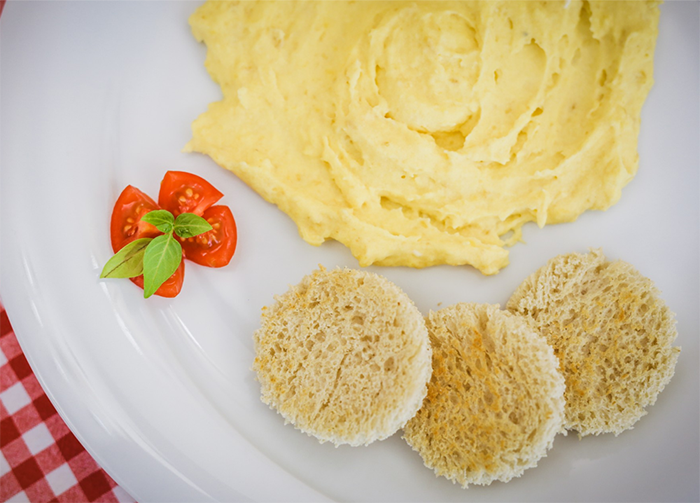
Breakfast: The Most Important Meal of the Day
A number of traditional foods are served for breakfast to fuel you up for the day ahead, including:
Kačamak – a polenta-style meal served with cheese and sour milk
Cicvara – a cereal based porridge served with potato or sour milk and čvarci (diced bacon), known to ‘literally melt in your mouth’
Popara – bread mixed with milk, oil and cheese
Burek – filo pastry filled with spinach, cheese or meat, usually in a spiral or wedge shape, and served with yogurt
And if you’re wondering what ‘hemedeks’ and ‘bekondeks’ are on the menu, trying saying them out loud; they’re the phonetic version of ham and eggs and bacon and eggs!
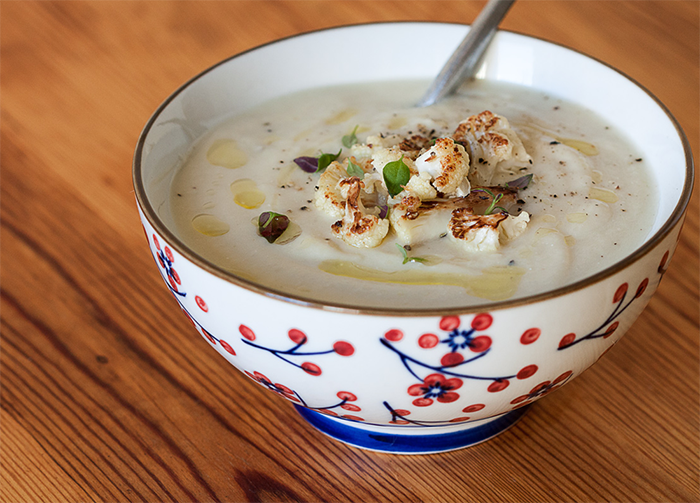
Lunch: Midday Fuel
Lunch usually starts with a soup. There are three main types:
Supa – a clear soup, usually a chicken, beef or lamb broth
Čorba – a thick stew or chowder, with different bases such as fish, nettles or onions
Kaša – a porridge style soup with hero ingredients such as meat, mushrooms or noodles
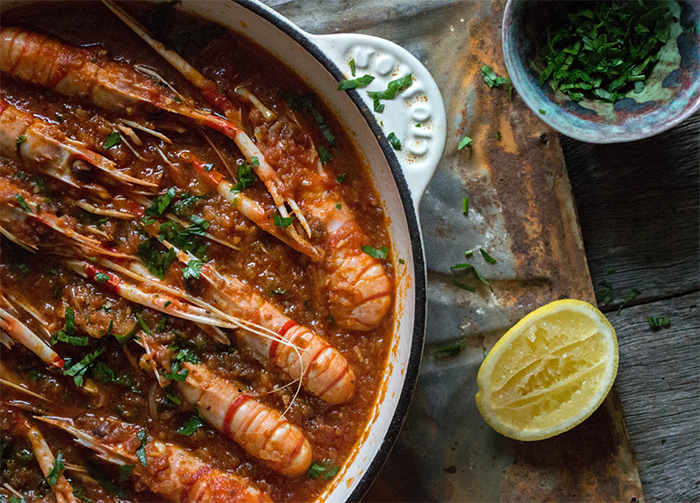
Mains: Small Country with Big Appetite
Here are a mix of coastal and heartland treats as mains for lunch or dinner:
Buzara is a social dish that brings friends together in the summer. There are two types: white buzara, with its garlic, olive oil and white wine and parsley, which is traditionally served with mussels, and red buzara, which usually features prawns, with tomato paste, whole tomatoes and red wine added to the sauce.
Popeci is roasted and deep fried veal, with cheese or sour cream and smoked ham (prusta) or prosciutto wrapped inside. Crispy on the outside, succulent and juicy on the inside!
Lamb in a sac or Ispod Saca is a Montenegrin speciality, with fall-off-the-bone lamb (veal or goat) and vegetables which are slow roasted in a metal dome covered with coals and embers. In northern Montenegro, the lamb is sometimes stewed in milk, with potatoes, carrots, fennel, rosemary, garlic and parsley added to the mix for utter deliciousness.
Montenegrins are fond of their grilled meats including ćevapi which are skinless sausages (similar to Turkish koftas), and served with flatbread, onions, sour cream or kajmak (like a clotted cream) and diced capsicum, or a side cold salad of home-grown tomato and cucumber.
The coastal speciality of black risotto, made so from cuttlefish ink, is also a must try, and should have subtle flavours of white wine, bay leaves, garlic and nutmeg.
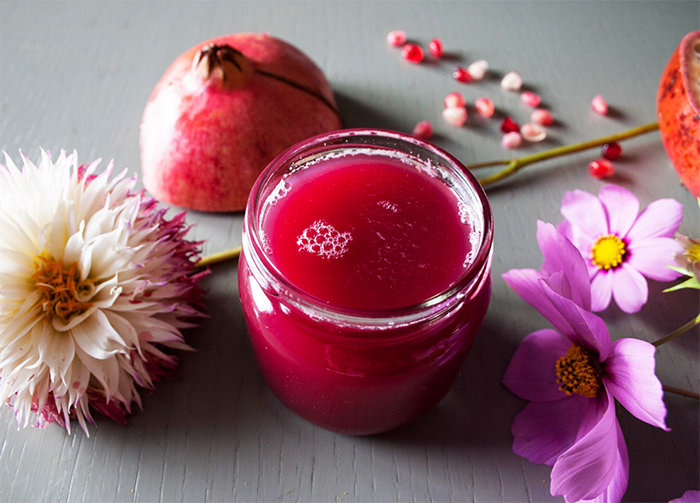
To Drink: Flavorsome Tradition
Montenegrins like to accompany their meals variously with mineral water, sok od šipka (pomegranate syrup), Turkish coffee, sok od Drenjina (a homemade cherry juice), mezgra – a local beech cream, or boza, a fermented malt drink made from maize, wheat or barley and that’s lightly alcoholic.
There’s also the grappa-like drink rakia, which many families make, and which is said to have medicinal properties.
Tantalised? Let us help you plan more than just your Montenegrin menu, and come up with the perfect itinerary to match your tastebuds’ travels.
If you’d like more information regarding Food Tours, please don’t hesitate to contact our team on 1800 242 353.
